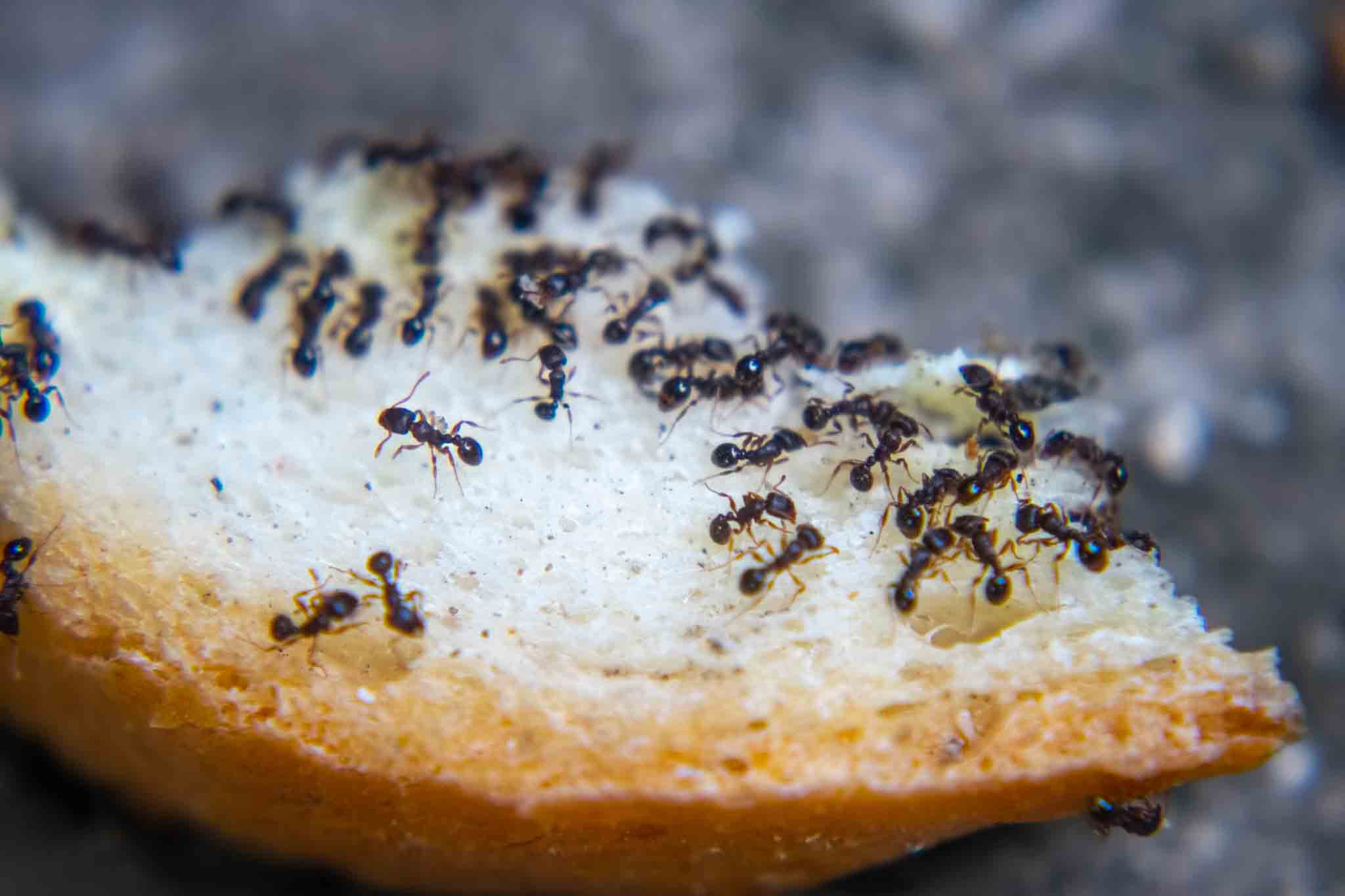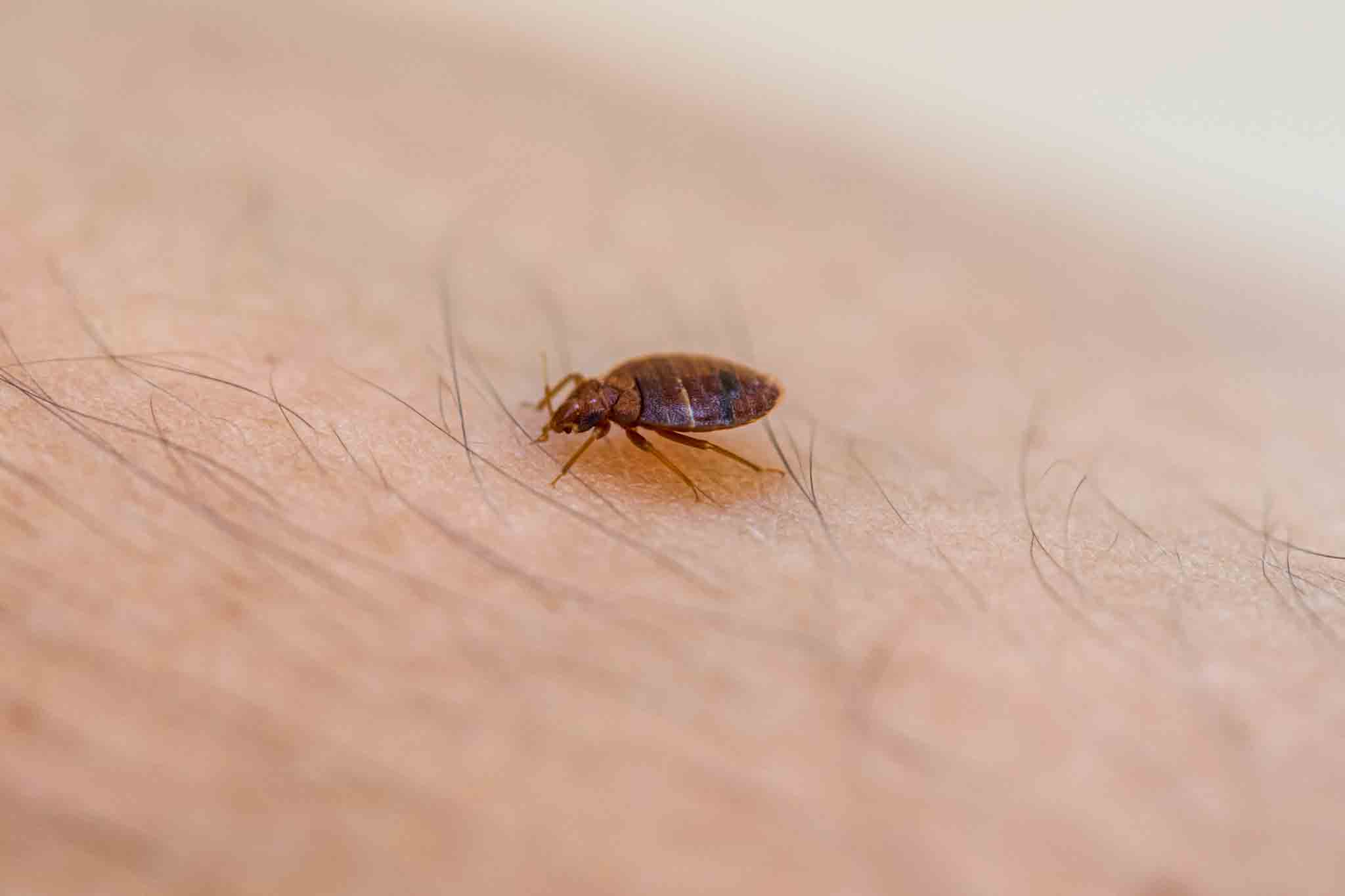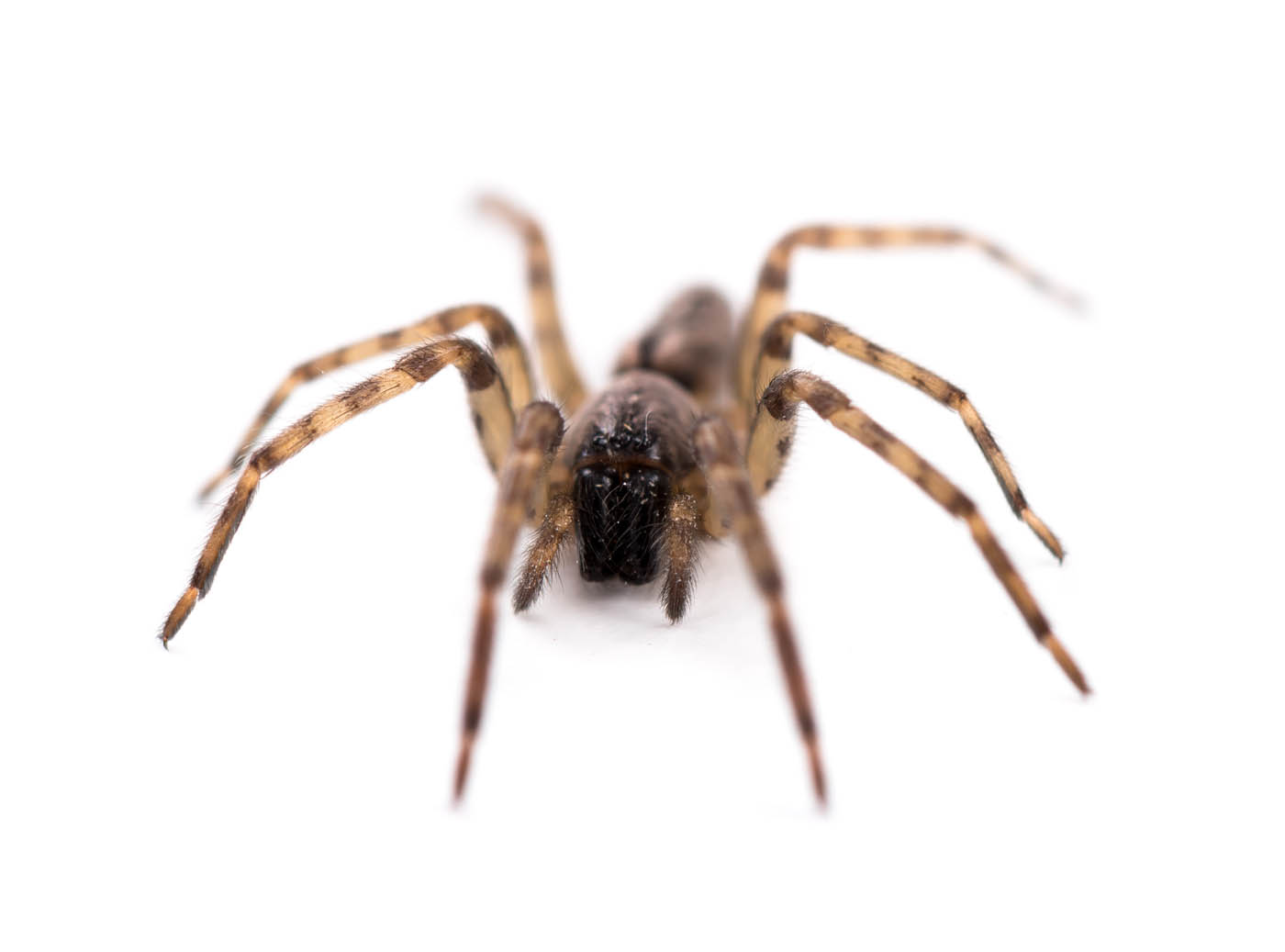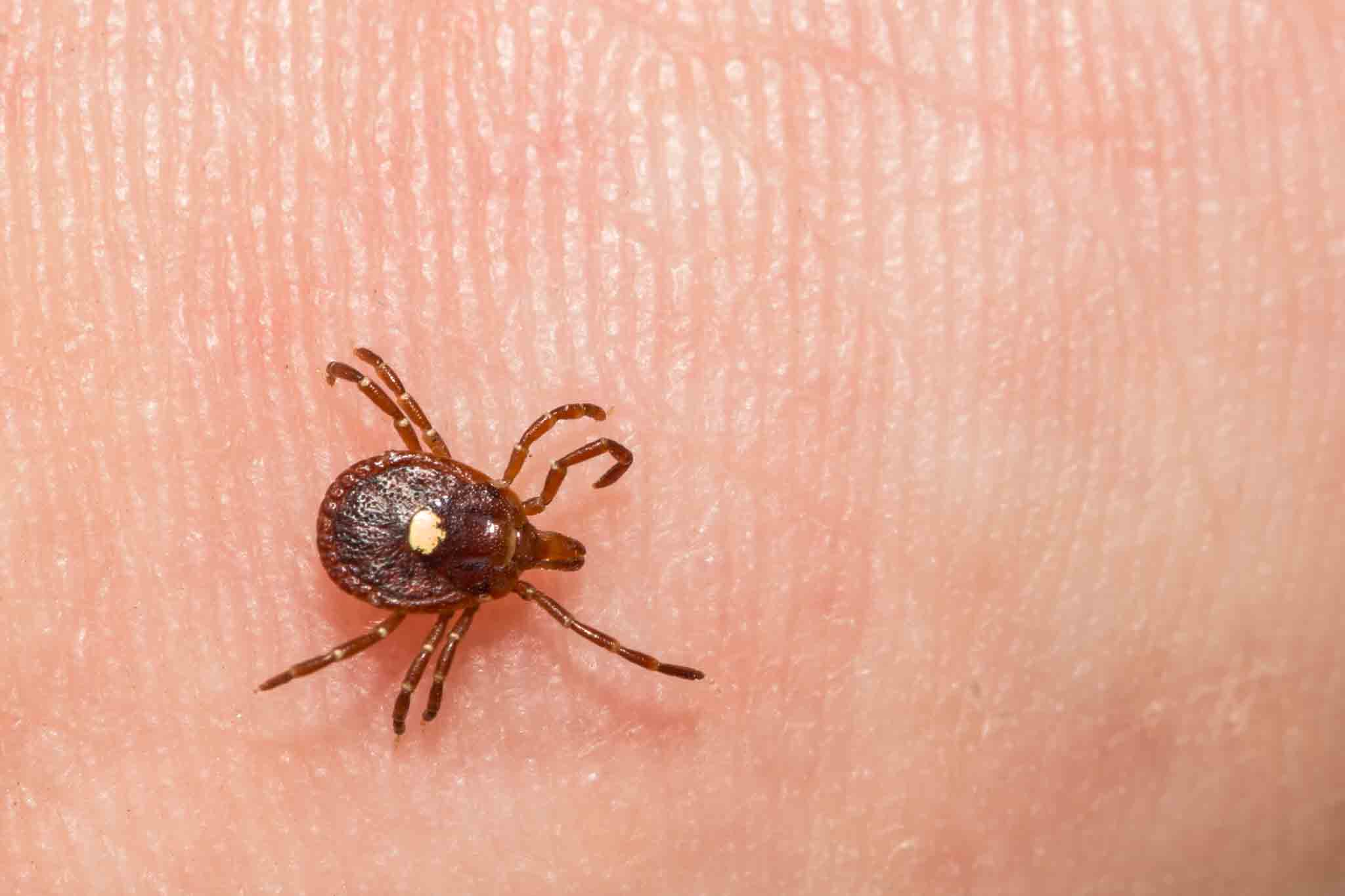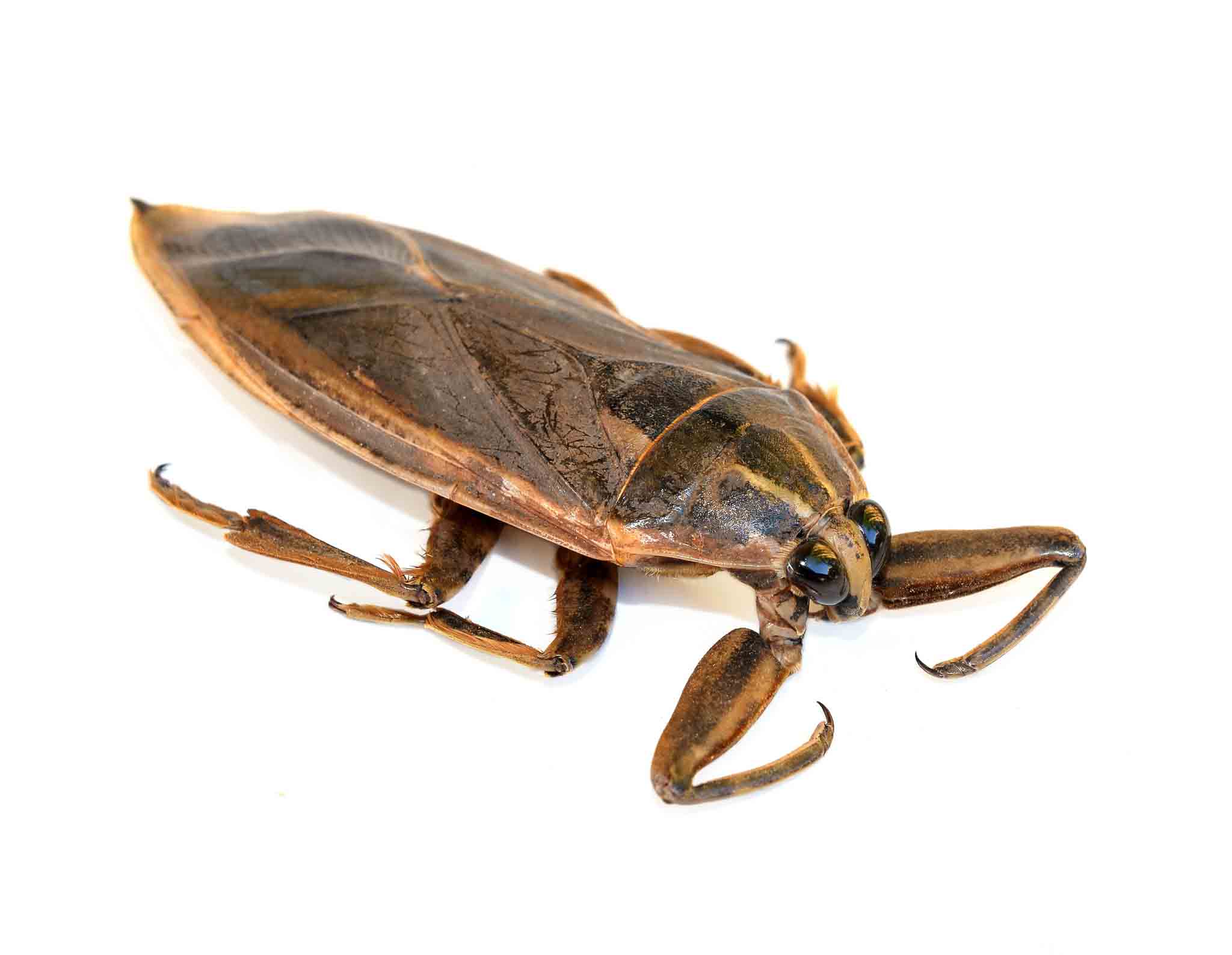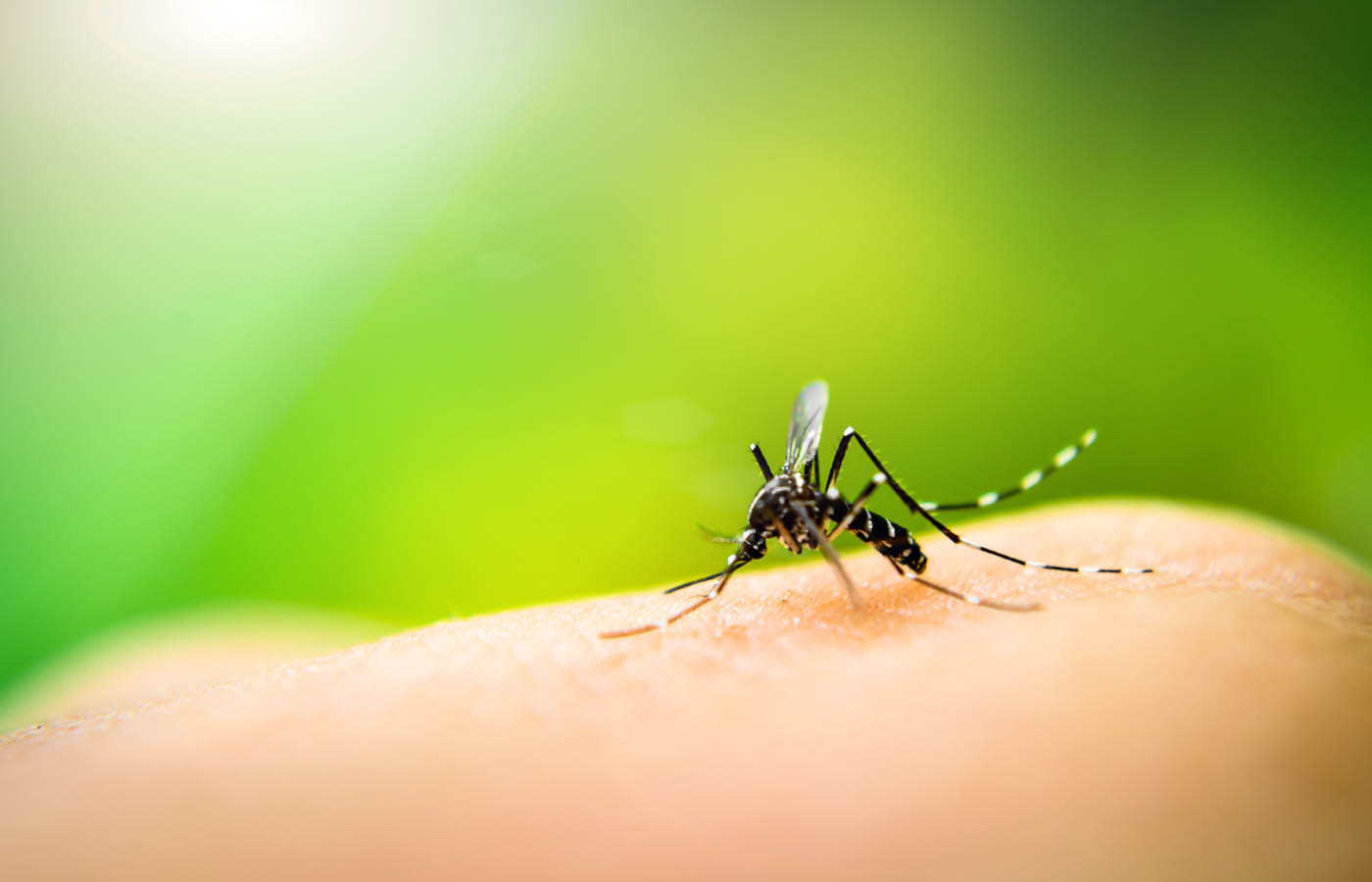Stink Bug Season Oct. 25th 2012
Stink Bug Season Is On The Way, Here's A Tip To Protect Your Home Stink Bug An interesting pest, stink bugs don't bite or sting, so you don't have to be fearful of waking up in the morning with red spots and itching. They don't chew wood or damage your home in any way. And they don't carry disease. Stink bugs are an unusual insect because they are not directly harmful to humans. They simply live out their days searching for food and trying to survive. In fact, the only problem that most people consider about stink bugs is their rancid odor, which can be released if you touch them, frighten them, or -- sometimes -- even get near them. However, homeowners who have a garden or indoor plants do need to be concerned about stink bugs, because they are known to destroy entire crops, which means your vegetation won't stand a chance. What Are Stink Bugs? Whoever came up with the name "stink bug" may not have been terribly clever, but they were definitely accurate. The pungent odor of a stink bug has been compared to coriander. Some people hate the smell of coriander, while others love it. But no one likes to think of their home as infested with bug air-fresheners. Stink bugs are shaped like tiny shields, a little over half an inch long and just as wide. They are mostly brown but have a colorful outer shell with hints of blue, black, copper, and white, arranged in a mosaic pattern. A stink bug looks similar to other insect species, and the best way to identify them is the characteristic white bands on their antennae. Their smell is a defensive maneuver to prevent them from being lunch for lizards and birds. Why Did They Get Here? Stink bugs aren't native to the U.S. It's thought that they were accidentally brought here in packing crates from China or Japan. The first recorded case of American stink bugs was in 1998 in Allentown, Pennsylvania. Stink bugs are now found in more than 30 states. What Do They Eat? Aside from infesting homes, stink bugs are major agricultural pests, feeding on some host plants, fruits, vegetables, ornamentals, and legumes. Stink bugs also feed on tree leaves. To feed, stink bugs make holes on agricultural products and take out sap that carries food through a plant. The USDA has created an artificial pheromone that is used as bait for stink bug traps. Stink bugs have also been irritant pests for home gardeners in the US, especially in Delaware, Maryland, and Virginia. The nuisance pests tend to eat the foliage of certain trees like black locust, maple, ash, and catalpa trees. How Do They Get Inside Your Home? Stink bugs get inside your house through small cracks and gaps in your walls, floors, and foundation. Window and door frames are common ways for them to sneak inside, as well. It's also likely that the bugs are coming into your house because they eat the foliage of trees surrounding your house. Stink bug in a bathtub "Stink bugs are active in March and April and they become very active during the fall season where they will try to get into your home."
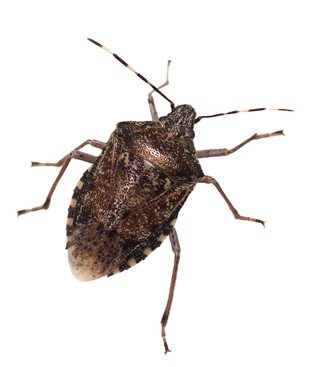
Stink Bug Season Is On The Way, Here's A Tip To Protect Your Home
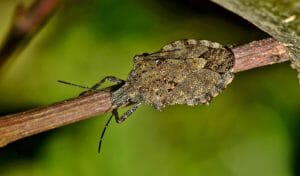 Stink Bug
An interesting pest, stink bugs don't bite or sting, so you don't have to be fearful of waking up in the morning with red spots and itching. They don't chew wood or damage your home in any way. And they don't carry disease. Stink bugs are an unusual insect because they are not directly harmful to humans.
They simply live out their days searching for food and trying to survive. In fact, the only problem that most people consider about stink bugs is their rancid odor, which can be released if you touch them, frighten them, or -- sometimes -- even get near them.
However, homeowners who have a garden or indoor plants do need to be concerned about stink bugs, because they are known to destroy entire crops, which means your vegetation won't stand a chance.
Stink Bug
An interesting pest, stink bugs don't bite or sting, so you don't have to be fearful of waking up in the morning with red spots and itching. They don't chew wood or damage your home in any way. And they don't carry disease. Stink bugs are an unusual insect because they are not directly harmful to humans.
They simply live out their days searching for food and trying to survive. In fact, the only problem that most people consider about stink bugs is their rancid odor, which can be released if you touch them, frighten them, or -- sometimes -- even get near them.
However, homeowners who have a garden or indoor plants do need to be concerned about stink bugs, because they are known to destroy entire crops, which means your vegetation won't stand a chance.
What Are Stink Bugs?
Whoever came up with the name "stink bug" may not have been terribly clever, but they were definitely accurate. The pungent odor of a stink bug has been compared to coriander. Some people hate the smell of coriander, while others love it. But no one likes to think of their home as infested with bug air-fresheners. Stink bugs are shaped like tiny shields, a little over half an inch long and just as wide. They are mostly brown but have a colorful outer shell with hints of blue, black, copper, and white, arranged in a mosaic pattern. A stink bug looks similar to other insect species, and the best way to identify them is the characteristic white bands on their antennae. Their smell is a defensive maneuver to prevent them from being lunch for lizards and birds.Why Did They Get Here?
Stink bugs aren't native to the U.S. It's thought that they were accidentally brought here in packing crates from China or Japan. The first recorded case of American stink bugs was in 1998 in Allentown, Pennsylvania. Stink bugs are now found in more than 30 states.What Do They Eat?
Aside from infesting homes, stink bugs are major agricultural pests, feeding on some host plants, fruits, vegetables, ornamentals, and legumes. Stink bugs also feed on tree leaves. To feed, stink bugs make holes on agricultural products and take out sap that carries food through a plant. The USDA has created an artificial pheromone that is used as bait for stink bug traps. Stink bugs have also been irritant pests for home gardeners in the US, especially in Delaware, Maryland, and Virginia. The nuisance pests tend to eat the foliage of certain trees like black locust, maple, ash, and catalpa trees. When it comes to pests invading their homes, most people think along the lines of ants, cockroaches, and rodents. Many don't consider an infestation of stink bugs to be a real concern. Stink bugs are active in March and April, and they become very active during the fall season (September) where they will try their hardest to get into your home. The simple truth is that stink bugs don't like the heat. They're not too fond of colder weather either, but once the heat arrives, the stink bugs pack up their bags and hit the road. Once the hot summer winds down and turns into fall, the smelly little critters come out of hiding to wreak havoc. Which means it's time for you to start watching out for them. Luckily, you won't have to worry about stink bugs reproducing in your home. When they sneak in through the cracks and crevices, or even through open doors, they are not looking for a place to reproduce or lay their eggs. Instead, they are simply trying to find a safe place to take up residence so that once the cold hits, they will be protected. They will often try to make their way into your house's walls where they know it will be safe. Here are some stink bug solutions to help protect your home against them:-
Get rid of plants
 Your home garden and indoor plants are also in danger. Although stink bugs have plenty of public trees and leaves to feed on, they are not picky eaters.
Your home garden and indoor plants are also in danger. Although stink bugs have plenty of public trees and leaves to feed on, they are not picky eaters.
-
Seal up cracks and gaps
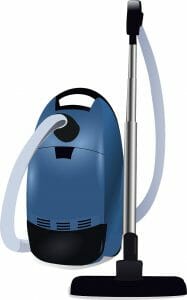
-
Vacuum them up
-
Use water mixed with dish soap
-
Use pesticides
-
Call a professional pest-control specialist if the problem persists
 Related Articles:
Related Articles:
 Stink bug in a bathtub
Stink bug in a bathtub
